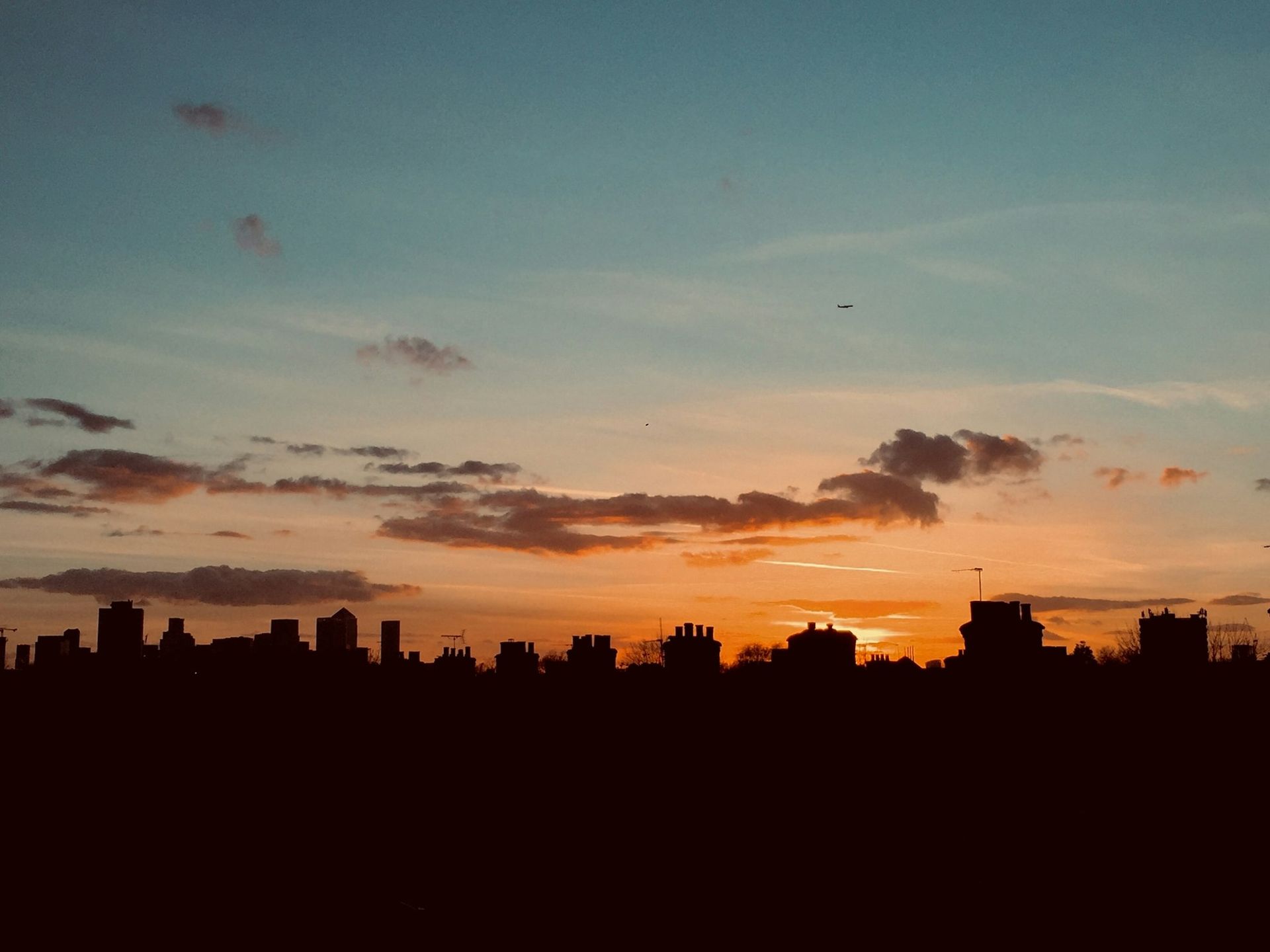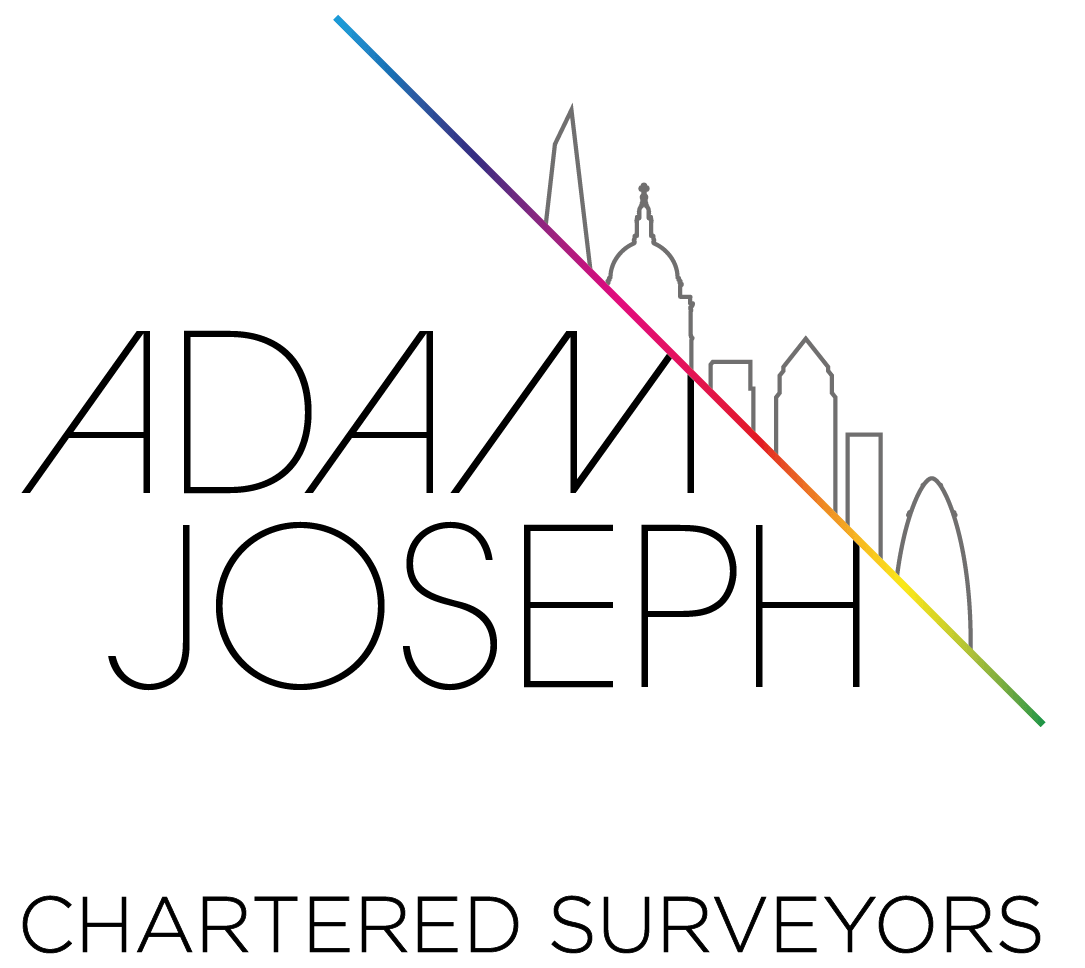Preparing Party Wall Notices for a Rear Extension: A Comprehensive Guide
If you're planning a rear extension to your property, it's crucial to understand the legal implications, especially concerning your neighbors. One essential aspect is the Party Wall Act 1996, which governs how you should proceed when your work affects a shared wall or boundary. This blog will guide you through preparing and serving Party Wall Notices for a rear extension, ensuring you comply with legal requirements and maintain good relations with your neighbors.
Understanding the Party Wall Act 1996
The Party Wall Act 1996 is designed to prevent and resolve disputes between neighbors regarding building works to a party wall, boundary wall, or excavations near neighboring buildings. The Act ensures that property owners carry out building works without negatively impacting adjoining properties. Compliance with the Act is not optional; failing to serve the necessary notices can result in legal action and project delays.
When Do You Need a Party Wall Notice?
For a rear extension, you will need to serve a Party Wall Notice if your work involves:
Work on an existing party wall or structure: This includes modifications, repairs, or extensions to a shared wall.
Building a new wall on the boundary: If your rear extension includes a new wall that stands on or astride the boundary line.
Excavating near neighboring buildings: Excavations within 3 to 6 meters of your neighbor’s property, depending on the depth of the excavation compared to the foundations of the neighboring building.
Types of Party Wall Notices
There are three main types of Party Wall Notices, each serving different purposes depending on the nature of the work:
Line of Junction Notice: Required if you are building a new wall on the boundary line.
Party Structure Notice: Required for work to an existing party wall or structure, such as repairs, alterations, or extensions.
Notice of Adjacent Excavation: Required if you are excavating near a neighboring building.
Preparing a Party Wall Notice
Preparing a Party Wall Notice involves several steps to ensure it is legally compliant and clear for your neighbors. Here’s a step-by-step guide:
Identify the Relevant Neighbors: Determine which neighbors will be affected by your proposed works. This usually includes those who share a boundary with your property or whose property is within the relevant distance of your excavation.
Choose the Right Notice: Based on the type of work you're planning, select the appropriate Party Wall Notice (Line of Junction, Party Structure, or Notice of Adjacent Excavation).
Include Essential Information: A valid Party Wall Notice must contain:
- Your name and address
- The address of the building where the work will be carried out
- A detailed description of the proposed work
- The proposed start date for the work
- A clear statement that the notice is being served under the Party Wall Act 1996
Serve the Notice in Writing: The notice must be served in writing, either delivered personally, sent by post, or, in some cases, electronically if previously agreed upon. Keep a record of how and when the notice was served.
Allow Adequate Response Time: Your neighbors have 14 days to respond to the notice. They can either consent, dissent, or request modifications to the proposed works.
What Happens After Serving the Notice?
Once the notice is served, there are three potential outcomes:
Consent: If your neighbor consents to the proposed work, you can proceed without further action, but it’s wise to document their consent in writing.
Dissent and Request for a Party Wall Agreement: If your neighbor dissents or doesn’t respond within 14 days, a Party Wall Agreement (also known as an Award) is required. This involves appointing a Party Wall Surveyor to resolve the dispute and draft an agreement.
Agree to a Different Proposal: If your neighbor requests changes to the proposed works, you can negotiate and, if an agreement is reached, document it accordingly.
Appointing a Party Wall Surveyor
If a Party Wall Agreement is needed, you and your neighbor can either agree on a single surveyor (Agreed Surveyor) or each appoint your own surveyor. The surveyors will:
Assess the proposed works
Conduct a schedule of condition survey of the neighboring property
Draft and serve a Party Wall Award, detailing how the work should proceed to minimize risks and disputes
The surveyors’ fees are typically borne by the party undertaking the work (you), although this can be negotiated.
Tips for a Smooth Party Wall Notice Process
Communicate Early and Often: Engaging with your neighbors early in the planning process can help to address concerns and build goodwill, potentially avoiding disputes.
Be Clear and Detailed: Providing detailed information about the scope and timing of the works can help neighbors understand the impact and reduce anxiety.
Seek Professional Advice: If you’re unsure about any aspect of the Party Wall Act or the notice process, consider consulting a professional surveyor or solicitor to ensure compliance and avoid costly mistakes.
Document Everything: Keep thorough records of all communications, notices, and agreements to protect your interests and provide clarity in case of any disputes.
Conclusion
Serving Party Wall Notices is a critical step in planning a rear extension that involves shared or adjacent structures. By understanding the requirements of the Party Wall Act 1996, preparing detailed and compliant notices, and maintaining open communication with your neighbors, you can ensure a smoother project with fewer disputes. Properly handling the Party Wall process not only fulfills your legal obligations but also helps maintain good relationships with your neighbors, contributing to a more harmonious living environment.
For friendly professional advice, contact us or call now and speak with a specialist Party Wall Surveyor.









